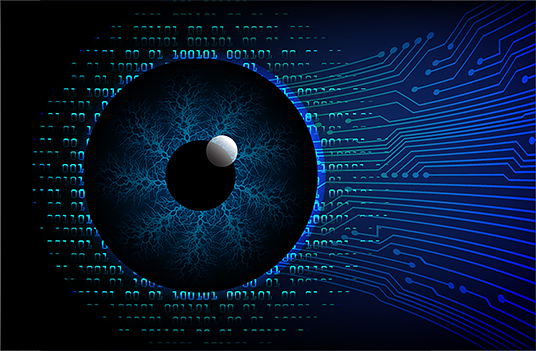
You’d Better Get Prepared: Post-Quantum Attacks Are Coming (and Here to Stay)
The advent of post-quantum computer threats looms large, demanding immediate attention from the cybersecurity community. With the potential emergence of quantum computers capable of decrypting current communications within a decade, the urgency for transitioning to post-quantum cryptography (PQC) is undeniable. This imminent threat encompasses various attack vectors, including the ominous “store-now-decrypt-later” tactic, which underscores the necessity for proactive measures.
In a recent report, Google’s Cryptography team a strategic approach to address these threats, emphasizing the prioritization of quantum threats based on their feasibility and the existence of vulnerabilities. The team categorizes cryptographic technologies into distinct groups, assessing their susceptibility to quantum attacks and highlighting the need for a hybrid deployment strategy combining classical and post-quantum algorithms.
Key use cases such as encryption in transit and firmware signatures emerge as immediate concerns, necessitating swift action to mitigate vulnerabilities. However, challenges persist, particularly in domains like public key infrastructure, where size constraints pose additional complexities.
The threat landscape spans from nation-state actors to insider threats and financially motivated entities, necessitating robust defensive measures and regulatory frameworks to accelerate PQC adoption. Despite the projected timeline of 10 to 15 years for the emergence of cryptographically relevant quantum computers, proactive migration efforts are imperative, with Google emphasizing the evolving nature of best practices in the field.


